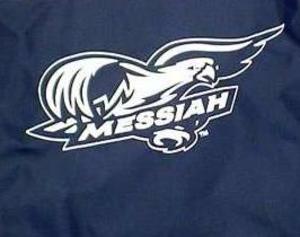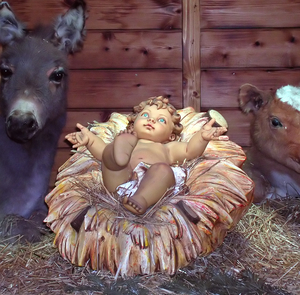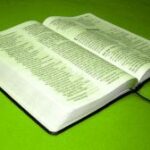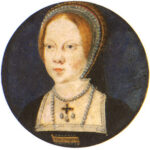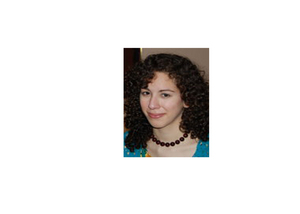We are accustomed to seeing nativity sets displayed during the holiday season. Most have the same standard figures: baby Jesus, Mary, Joseph, etc. Although some can identify these figures by name, what more do we know about them? Could we explain them to a child? This article sheds a little light on the persons in the nativity by looking at their descriptions in the Bible.
Baby Jesus – Called “the Messiah,” Jesus was born in the lowly circumstances of a manger. Mary and Joseph did not have to pick out a baby name because even before Jesus was born the angel Gabriel instructed her to name the baby Jesus. In addition, an unnamed angel in a dream commanded Joseph to call the baby Jesus. “You are to name him Jesus, for he will save his people from their sins.” Matthew 1: 18, 21. The story of the birth, ministry, death, and resurrection of Jesus is told in the gospels Matthew, Mark, Luke, and John.
Mary – Mary’s faith was such that she accepted the message of the angel Gabriel not only that she, an engaged virgin, would have a baby, but also that the baby would be called the Son of God. “I am the Lord’s servant, and I am willing to accept whatever he wants,” was Mary’s famous acquiescence. Luke 1:38. Mary, nearing her due date, was required to journey with Joseph from their home in Nazareth to Joseph’s home town Bethlehem so that Joseph could register for a census. The Bible does not give any details of this arduous journey.
Joseph – Joseph followed an angel’s command that he was to remain engaged to Mary even though she would become pregnant before they married. The Bible says about Joseph that he was a descendant of King David and a “just man.” Matthew 1:19.
The Innkeeper – The innkeeper in Bethlehem did not have any vacancies, but he allowed Mary and Joseph to stay in his stable, where Jesus was born. Luke 2: 7. Mary wrapped Jesus snugly in strips of cloth and placed him in the manger. The Bible does not say whether the innkeeper came to the stable to check on the mother and baby. His presence there is appropriate, however, because it was his kindness that gave Mary a place, however crude, to give birth to Jesus.
The Shepherds – The Shepherds were tending sheep in the fields outside of Bethlehem when an angel announced to them that the Messiah had been born and that they could find him in the village lying in a manger. The angel was then joined by a large choir of other angels who sang praises to God. Luke 2: 8-20. After the angels left, the shepherds immediately decided that they would go into Bethlehem to see the baby. The exuberant shepherds then told everyone in the village what the angel had said about the infant.
The Wise Men – The Wise Men were traveling near Jerusalem when they saw the star over Bethlehem marking the birth of Jesus. Believing that he was the “king of the Jews.” they decided to find the baby in order to worship him. Matthew 2: 2. When King Herod found out about their plans, he ordered them to locate the child and return to Jerusalem and tell Herod his exact whereabouts. The Wise Men found Jesus and presented him with lavish gifts. The Wise Men realized that Herod wished to kill the baby, not to worship him, so they returned home by another route.
The next time you see a nativity set, take a moment to focus on the individual figures who played a role in the birth of Jesus. These individuals were common people, poor and wealthy, who were tapped to participate in one of the greatest stories ever told. A nativity set takes on new meaning when the figures come alive as individuals.
Sources:
Matthew 1:18 — 2:12
Luke 1:26 – 2:20
